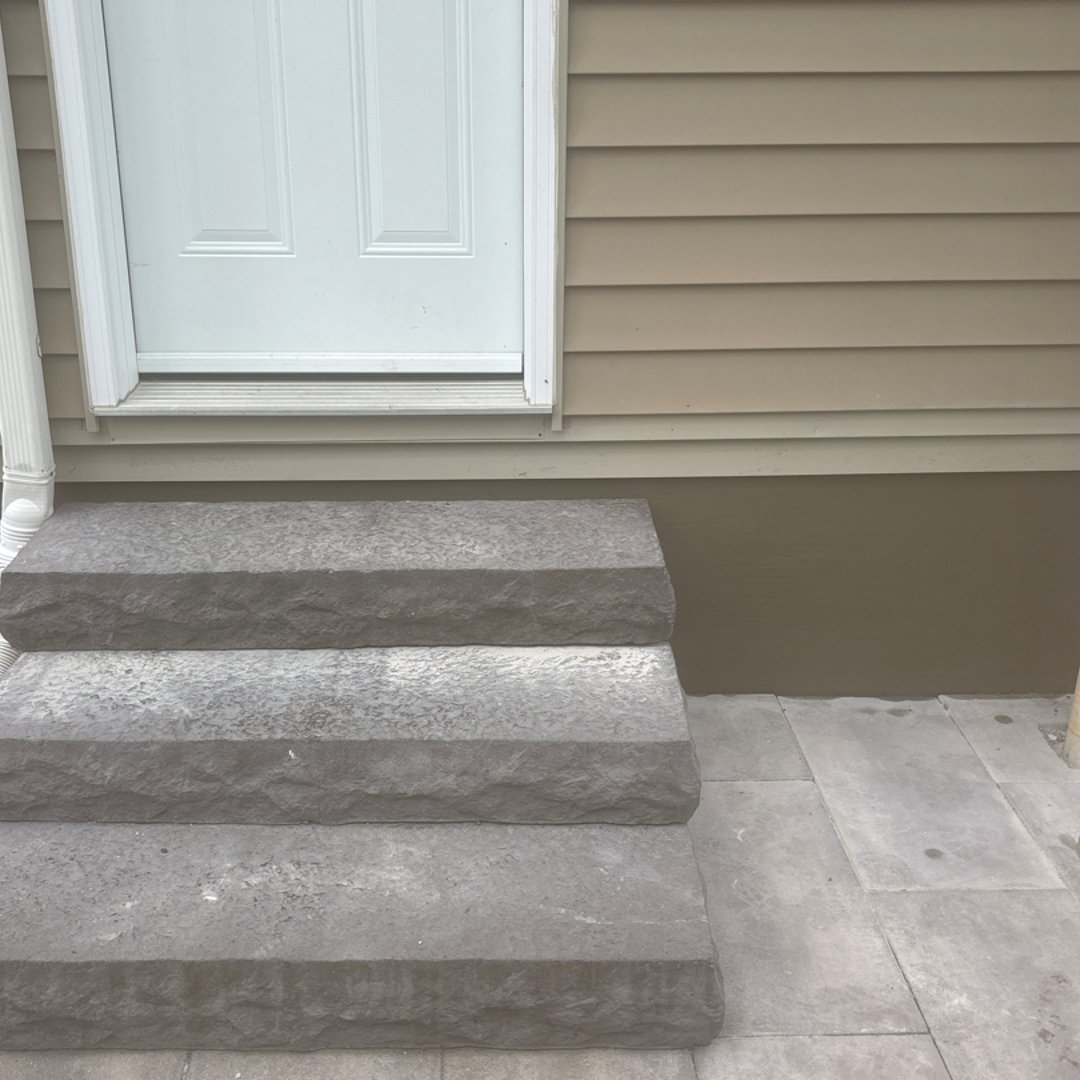
Fast Definition & Purpose
Parging is a thin cementitious or polymer-modified coat that smooths exposed concrete, block, brick, or ICF faces above grade. It hides form marks, bridges pinholes, and adds a sacrificial skin that shields the substrate from splashback, road salt, and UV.
It improves curb appeal and service life but it is not a below-grade waterproofing membrane. Pair it with proper grading, drainage, and dampproofing or waterproofing wherever liquid water or hydrostatic pressure is present.
Where Parging Belongs
Ontario block foundations must be parged below grade (minimum 6 mm) before dampproofing or waterproofing so coatings adhere to a smooth, continuous base.
Use parging to blend structural crack repairs, finish exposed CMU in walk-out sections, protect above-grade ICF foam, or create a clean transition between grade and cladding. It shines after tuckpointing, brick replacement, or insulation retrofits that leave irregular surfaces.
Quick Specs: Thickness, Mix, Curing
Standard scratch plus finish approach: 1/8 in. to 1/4 in. per lift on unit masonry (roughly 6 mm total minimum) with the first coat scored for mechanical key. Polymer-modified mixes allow thinner lifts, while heritage work may call for lime-rich mortar for breathability.
ICF-specific parging systems (such as SikaWall 1000) top out near 3 mm per coat and usually incorporate fiberglass mesh for impact resistance. Protect fresh parging from rain, freezing, or rapid drying during the first 24–72 hours.
Do & Don’t Checklist
- Remove loose material, efflorescence, paint, or failed coatings
- Address drainage or grading issues first
- Dampen but do not saturate the substrate
- Follow manufacturer cure or temperature windows (typically 5°C to 30°C)
- Treat parging as waterproofing
- Skip bonding agents on dense concrete
- Apply more than 1/2 in. per pass
- Leave foam and ICF surfaces uncovered and exposed to UV
5-Minute Inspection Routine
- Hairline cracks that radiate like spider webs
- Efflorescence streaks
- Hollow sounds when tapped. Any delamination exposes the foundation to freeze–thaw cycles.
- Water stains
- Chipped drip edges usually mean moisture is trapped behind the coat. Note the locations and plan touch-ups before the next winter.
- Cracks wider than 1/4 in.
- Repeated peeling after DIY patching
- Hollow sections bigger than a dinner plate
- Signs of structural movement (bulging walls, sticking windows) warrant professional diagnostics.
- Pros pair repairs with root-cause fixes—grading
